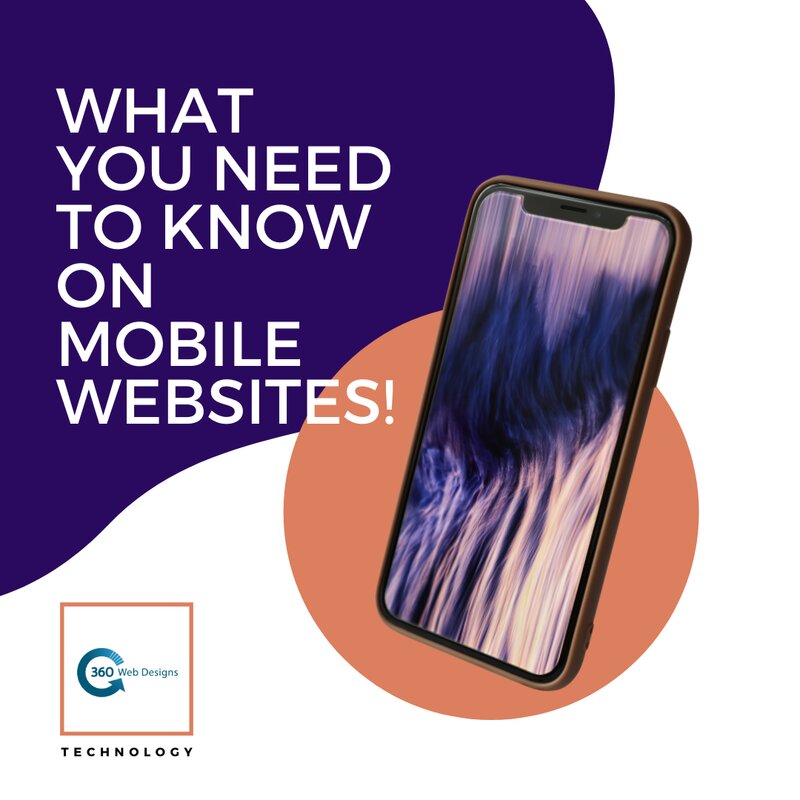Fill out our form, and we'll connect with you within 1 to 2 business days.
Phone: (925) 989-7737

Everything we do today is at the touch of our fingers. I know you have heard this expression before and it’s true. In our pockets, we hold a smartphone and with a few taps of our fingers, we can go into mobile websites, apps, or the internet and connect worldwide. How amazing is that! Creating a website doesn’t mean that it will only be desktop or laptop friendly. It must be accessible through a mobile screen and still give the same amazing experience. Sounds a little stressful? Don’t worry, because it all comes together through design and planning. Here is an easy guide that helps you understand and make the best decision possible.
When designing your mobile website, we must keep two terms in mind: Responsive and Adaptive web designs. The choice you make between the two is very important and is part of how your site will be designed. Even if your website is simple or more complex these are the two approaches we will look at now.
A Responsive Website means that all the content, pages, layouts, and design will adapt to the mobile screen of a user’s phone, desktop, laptop, tablet, and more automatically. The main goal with these kinds of sites is to avoid zooming in and out, avoid panning, and issues with resizing of all its elements.
An Adaptive Website means that the design features and layouts are unique depending on the device that your website is being used on. This also means that the experience will differ for each user.
As I said above a responsive website will adapt itself to the user device. This means that you will not have to worry about different layout or different customer experience, the design will be fluid. The site will adjust to any screen size, width, height, and fix itself in one, two, or three Colum layouts. A responsive design has become the most popular and known as the go-to choice. Though do keep in mind that a responsive design is known for not offering a tone of control but it is enough to still be creative and get your business out there.
Now let’s get into some more depth on adaptive websites. What do I mean by “the experience will differ for each user”? This means that based on the type of device a person has the level of experience or design layout can be different. To make this possible you may even have to maintain separate websites for each device to accomplish each special experience. Adaptive design uses static layouts that are based on breakpoints and generally, you must design for six common screen widths.
So, now that we have covered some basic information and trust me there is a tone more to learn! You maybe be wondering why are mobile websites even important to consider. Aside from the fact that we all have smartphones, you may be losing potential customers if your site is not mobile-friendly. Think of sites like YouTube, social apps like Snapchat, and think of your shopping experience online whether it be for groceries, clothes, etc. Just In 2019, there were about 4.4 billion internet users, and the U.S is known for having consumers use about 90% of their time on mobile apps for a daily task like answering emails, T.V watching, connecting with people on the other side of the world, and beyond that. Need more information on websites? Read on how a website should look like? Online is our present and future so it’s time to get on board.